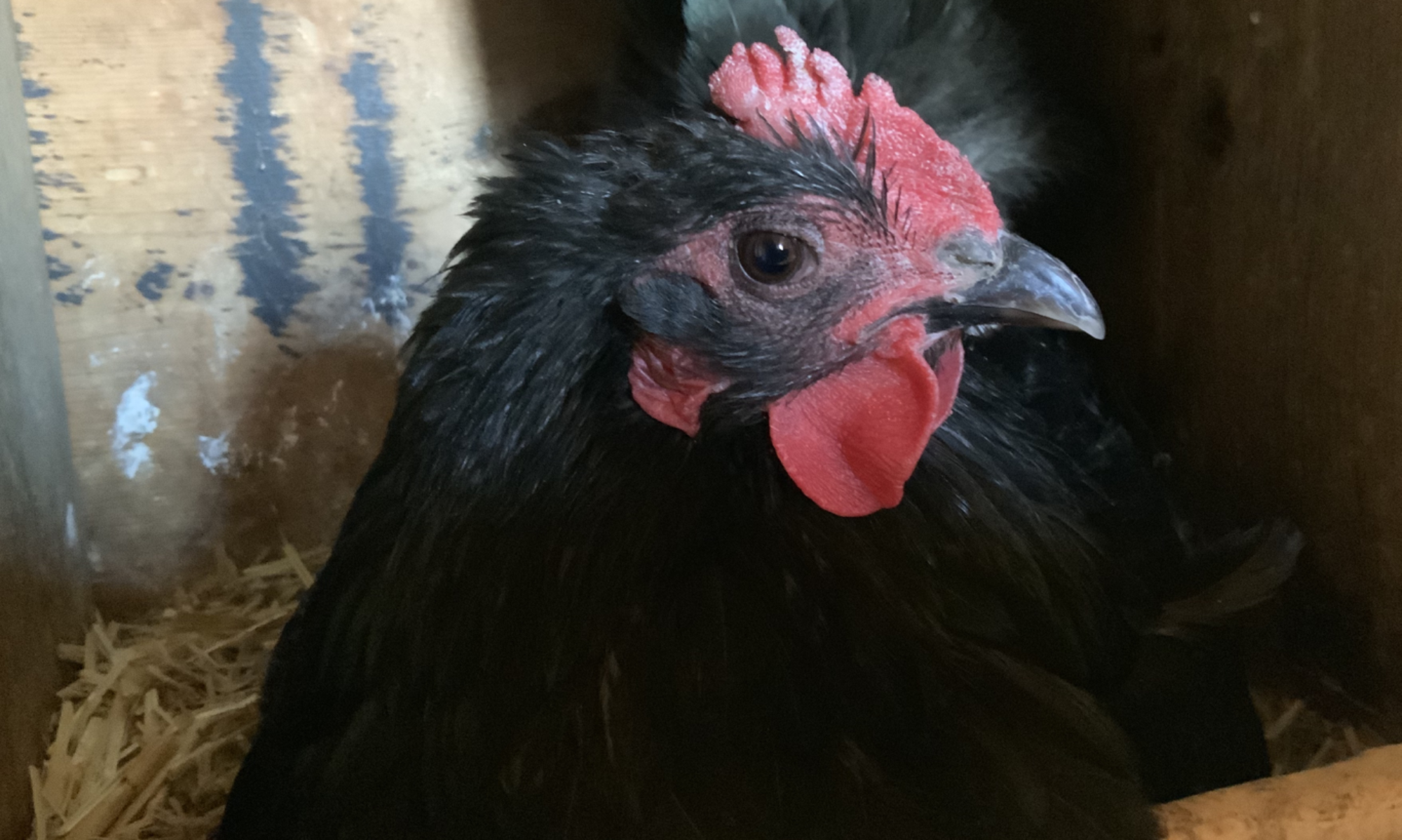I have had a fun time recently tending to some sourdough starter and experimenting with some recipes. I have found a delicious waffle recipe and a wonderful sandwich bread recipe. I not only enjoy eating these two foods, but I enjoy making them as well, and so I do it often. Then I tried my hand at some sourdough artisan bread. My first attempt was beautiful on the outside, a chewy, crispy, delightful crust, but the crumb was dense and heavy. My next attempt was utter failure and I will spare you the details! I was talking with my son about my issues with artisan bread and he told me about a recipe that he makes, a recipe from theKitchn.com which is kind of a faux sourdough bread. There were two things that interested me in particular about this recipe: 1) the microwave is used to help raise the dough quicker, and 2) vinegar is used to give the bread that sour taste.

My son made this bread for me, twice. The first time he made it using my aluminum Dutch oven to bake it in. The result was a nice looking loaf of artisan bread that was a little flat, didn’t raise quite like I expected and so the crumb was once again a little dense. Nothing nearly as bad as my two attempts, but my son’s comment was, “mom, you need a cast-iron Dutch oven if you want to make a great loaf of artisan bread!” To prove his point, he brought his cast-iron Dutch oven over to my house and made me a second loaf of his mock sourdough bread. Oh, my! Not only was it beautiful, but the crispy, chewy crust was delightful and the tender, light, sour crumb was heavenly. I thoroughly enjoyed two slices of this wonderful bread before he took it and went home! I have read many recipes and comments about using and having success with pans other than cast-iron for bread baking. I don’t know about some of the ceramic and terra-cotta options, but I don’t recommend aluminum, and I for one, will be investing in a cast-iron Dutch oven!

Using the cast-iron Dutch oven is like baking bread in an oven within an oven. The cast iron is able to maintain a high and more consistent temperature. With the lid on tight, it also creates a kind of steam oven. The heat is distributed more evenly in cast-iron than it is in a conventional oven, and the steam works wonders on the dough. When the raw bread dough is put into this pre-heated pan and the lid put in place, the moisture from the dough creates steam or humidity inside the pan. This steam keeps the crust softer for a longer time during baking, allowing the bread to expand more. It also allows the slash marks to open up, creating “ears”’ or crispy ridges. The result is a beautiful, golden, lofty, crispy loaf of flavorful artisan bread.

Following is the artisan bread recipe from http://www.thekitchn.com. I was impressed with this bread and would love to hear your thoughts if you give it a try!
No-Time Bread
MAKES
1 loaf
INGREDIENTS
2 (1/4-ounce) packets active dry yeast (4 1/2 teaspoons)
1 tablespoon granulated sugar
1 1/2 cups water
3 1/2 cups bread flour
1 1/4 teaspoons salt
3/4 teaspoon balsamic vinegar
EQUIPMENT
Dutch oven – a 5qt size works about perfect
Large mixing bowl
Measuring cups and spoons
Microwave
INSTRUCTIONS
Proof the yeast. Place the yeast, sugar, and water in the bowl of a heavy-duty stand mixer and stir to combine.
Preheat the oven and the Dutch oven. Arrange a rack in the middle of the oven, remove any racks above it, and heat to 450°F. Place a Dutch oven (or one of these alternatives) in the oven as it heats.
Add most of the flour, salt, and vinegar to the yeast and knead for 5 to 7 minutes. Now that the yeast has had a few minutes to bubble up, add 3 cups of the flour, the salt, and the vinegar. Beat on low speed for several minutes with the paddle attachment. Add the last 1/2 cup of flour and switch to the dough hook. Beat for 7 minutes. Alternately, knead vigorously for 5 minutes, or until the dough becomes extremely elastic. This will still be a wet dough, but not goopy. The dough will clear the sides of the bowl but still stick to the bottom.
Shape the dough into a ball and rise in the microwave for 25 seconds. Lightly grease a large microwave-safe bowl with vegetable oil. Transfer the bread dough into the bowl and turn it to coat in the oil. Cover the bowl with a very wet kitchen towel. Cover the whole thing with a dry kitchen towel and put in the microwave. Microwave on HIGH for 25 seconds.

Let the dough rest in the microwave, then microwave again. Let the dough rest in the microwave for 5 minutes. Microwave on HIGH for 25 seconds more. Remove from the microwave and let rest and rise for 15 minutes more.
Shape the dough and transfer to the preheated pan. Shape the dough into a ball and plop it into the preheated Dutch oven. Quickly slash the top with a knife. Cover and bake for 30 minutes. Uncover and bake until the crust is golden brown and the internal temperature hits 210°F, about 10 minutes more. Let cool at least 30 minutes before slicing and serving.
Sources:
http:// https://www.thekitchn.com/easier-no-knead-bread-in-a-hurry-40653 https://www.bakefromscratch.com/dutch-oven-bread-101/
https://blog.kingarthurflour.com/2017/02/21/bread-baking-dutch-oven/

